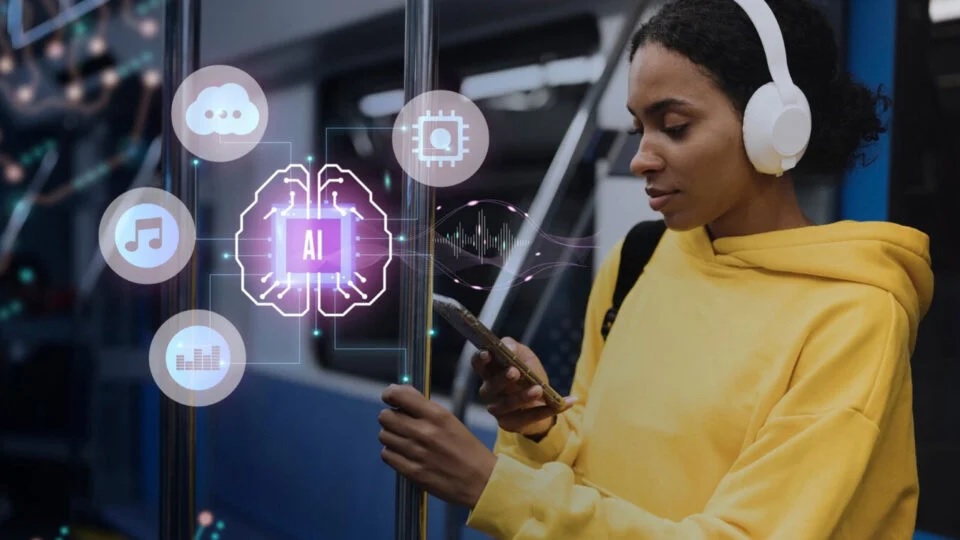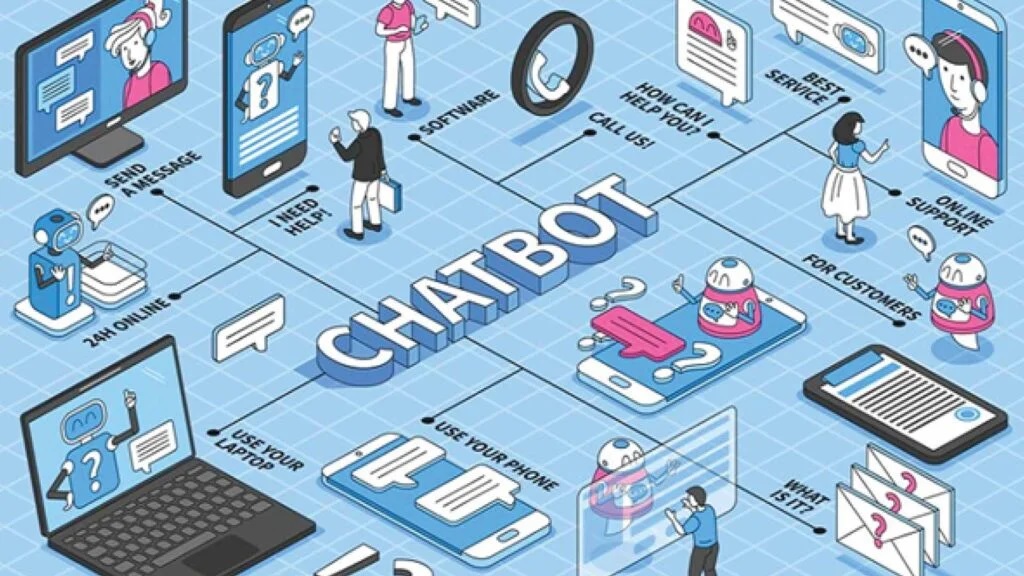As the holiday season nears, businesses gear up to maximize operational efficiency, enhance customer interactions, and streamline processes. Artificial intelligence (AI) has become crucial in meeting these objectives, especially when customer activity reaches its peak. However, AI’s capabilities also bring essential questions: Will it serve as a valuable ally to simplify holiday operations and delight customers, or could it jeopardize customer trust and brand reputation?
This article examines AI's role this holiday season, highlighting its benefits as a powerful asset yet acknowledging the complexities and risks it introduces, especially with the rise of deepfakes. We'll explore how AI influences operational efficiency, poses unique challenges, and practical ways to navigate the holiday season with AI as an asset.
Friend or Foe? Weighing AI’s Benefits and Risks
Balancing AI’s Advantages Against Potential Pitfalls
AI’s value in meeting seasonal demand is evident—tools like chatbots, AI-powered inventory management, and smart recommendations enhance efficiency for B2B businesses navigating the season’s demands. However, these advantages come with risks: unregulated AI can lead to biased interactions, data privacy violations, and reputational damage.
With rapid AI advancements, businesses must carefully balance AI’s benefits with its risks, considering issues like fraud and data manipulation. Prioritizing trust, fairness, and transparency in AI design is essential for businesses looking to leverage AI responsibly.
Mitigating Deepfake Risks: Practical Steps for B2B Businesses
Proactive Solutions to Strengthen Security Against Deepfakes
To minimize deepfake risks, companies need a proactive approach. Here are actionable strategies:
Use AI-Driven Detection Tools: Leverage machine learning and image analysis for deepfake detection, as seen in solutions from Microsoft and Deeptrace, to identify and manage manipulated content.
Establish AI Security Protocols: Just as physical assets are secured, AI systems require multifactor authentication, regular audits, and up-to-date security measures.
Educate and Raise Awareness: Training employees to recognize potential deepfakes equips teams to respond to suspicious media or communications.
Partner with AI Security Vendors: Collaborate with specialized vendors who offer advanced data security solutions, helping businesses protect against deepfakes and other cyber threats. Case studies show that AI monitoring can reduce cyber-related incidents by 30%, underscoring the value of investing in security.
To Know More, Read Full Article @ https://ai-techpark.com/is-ai-your-friend-or-foe-this-holiday-season/
Related Articles -






